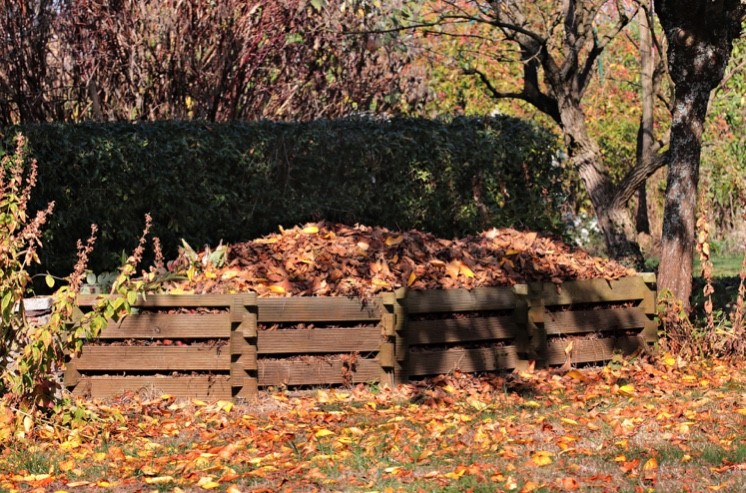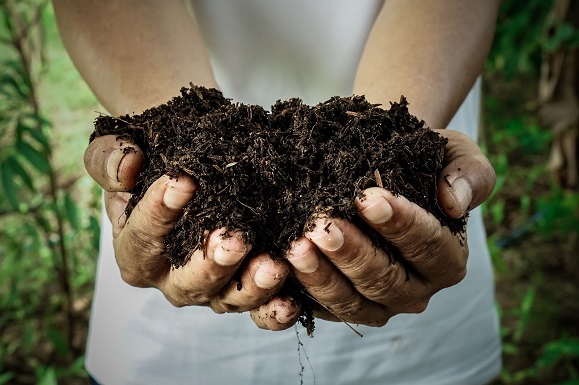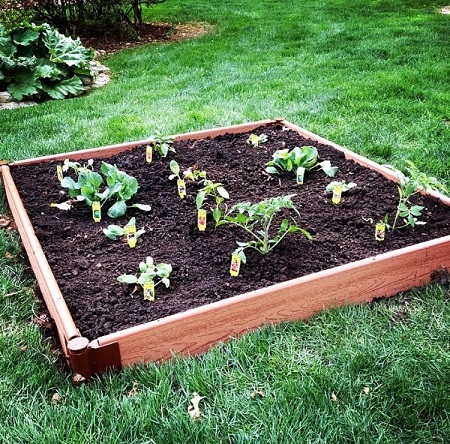What do fine Italian cuisine and gardening have in common? Layers.
Thus, the premise of lasagna gardening.
If you’re like me, you like to try any new gardening experiment that you come across. You’re also like me if you’re running out of room in your garden for all these “experiments”. But trust me, this one you will want to try. It’s easy, fun and super affordable.
The Basics
A Lasagna garden consists of alternating layers of organic material built on top of one another that essentially ‘cook down’ over time into nutrient rich soil. From there you plant directly into the layers. Luckily, there are no size restrictions. This can be done in large garden beds all the way down to a small pot, or as I like to call them: ‘single servings’. While this method can be accomplished anywhere, those in urban areas with poor soil can really benefit. You are essentially creating brand new soil from scratch!
The Time of Year

Fall; the season of layers.
They say the best way to dress in the Fall is lots of layers, one minute it’s hot the next it’s cold. So it’s only fitting that the optimal time to layer up your lasagna bed is… yep, Fall.
As gardeners, we all know that Autumn is the best time of year to prep your garden for the next growing season. One of the best things you can do to prepare is revitalize your soil. By creating your lasagna in the Fall, you’re allowing enough time for the ingredients to break down, so that come spring, you’ll have a fully cooked base to begin planting.
In addition, Autumn is rampant with valuable (and free!) leaf piles and bins full of fall landscaping clean up. These materials are necessary for the brown carbon-rich layers which would have otherwise been thrown away. Then, through the Winter, snow provides water to help break down the beds even further. By preparing these beds the year before, you can assure you are good to go come spring.
The Ingredients

Consider using any of these components in your bed:
Green Materials:
Food scraps (old veggies & fruits, egg shells, etc)
Coffee grinds & tea bags
Compost
Grass clippings
Manure
Brown Materials:
Leaves
Straw
Cardboard
Newspaper
Landscaping waste (without seeds!)
Small twigs (for drainage at the bottom)
Optional: Earthworms or red wigglers to help speed up the breakdown process
The Instructions
First, you’ll want to pick the location. Lasagna gardens can be built directly on the ground, in a planter or in a pot but you’ll want to make sure the location gets plenty of sun. The heat from the sun helps to break down all of the ingredients into that rich fluffy soil that every gardener strives for. Although not necessary, it’s helpful to add a frame to support the layers if building directly on the ground.
To begin, lay down newspaper or cardboard the length of the area. This will squash all those weeds underneath. Soak this layer with water. If you are using small twigs, throw those down on top to add a nice drainage layer.
Next, you’ll want to balance out the carbon and nitrogen. To do this alternate brown (carbon) and green (nitrogen) layers with the ingredients above. Throw a layer of straw in between your browns and greens for aeration. Keep alternating these layers until it has reached the desired height.
Lastly, top with mulch to trap in the heat and moisture.
Remember that as these components break down and condense over time, the height will drop. Solution? Just add more layers!
After your lasagna has had time to cook, dig right in and place your plants.
The Benefits

So why choose this method over others? The bennies.
First and foremost, it is insanely easy. Throw down a bunch of layers and let nature do its thing. No tilling required. Along with your tools, you can kiss those weeds goodbye. By cutting off the light source with cardboard, you can assure those pesky weeds won’t show face. The result? A soil so moist and nutrient rich that it actually requires less water and fertilizer when in action. Talk about low maintenance. Not to mention finally being able to utilize all that compost and cardboard you’ve been saving but never knew what to do with. Win, win.
Bon Appetit

Simple, easy and insanely beneficial, now is the time to give lasagna gardening a go. Save yourself the sore muscles and place that lasagna in the slow cooker. All you have to do is wait until spring to reveal the fluffiest soil you ever did see.